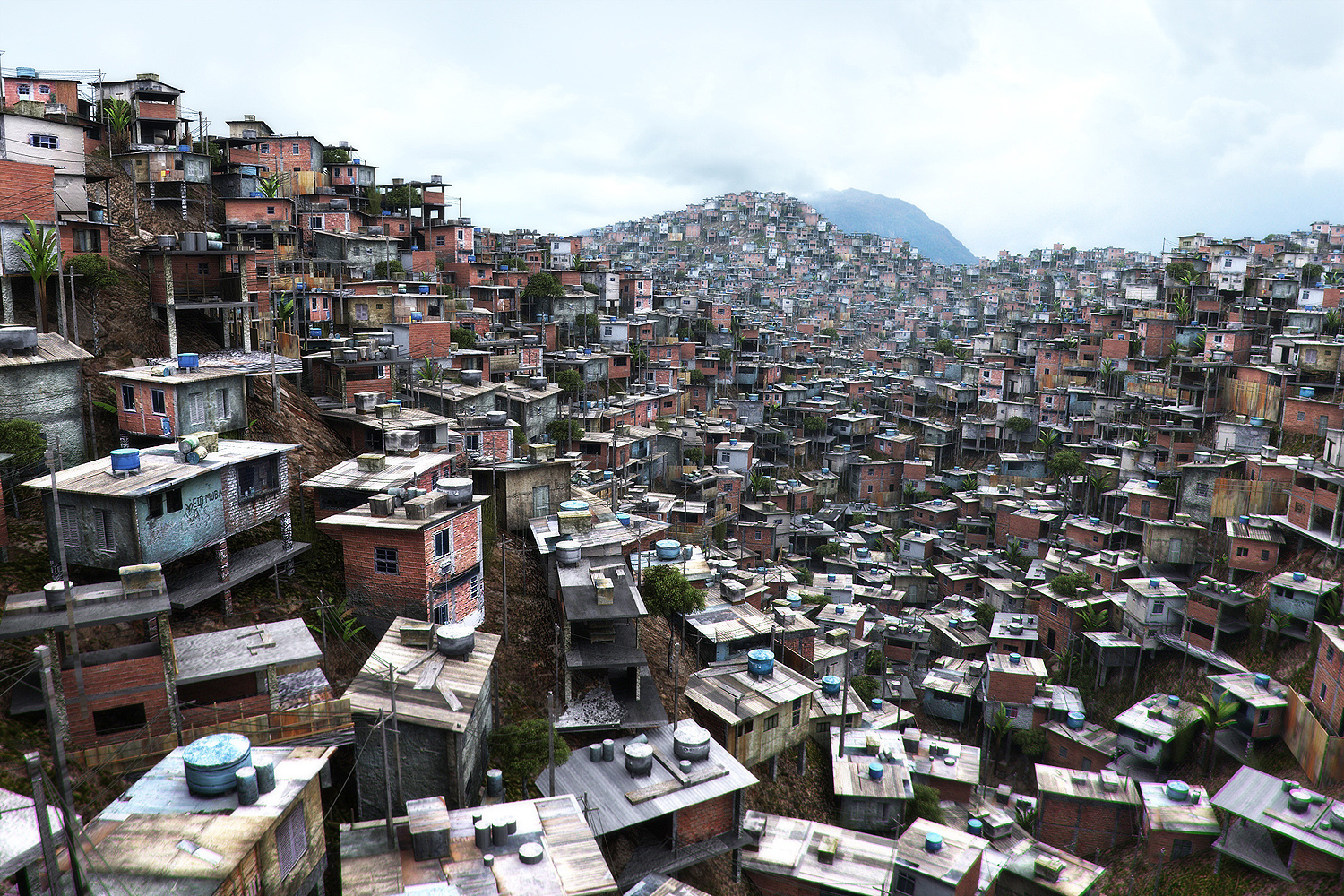The “answer” to the three readings The Pattern Match, Emergence in Architecture, and Nonorganic Life can be asserted through a multiplicity of lenses. That said however; the ideas that will be cataloged in the following paragraphs will be pertaining directly to the kinetic or informal city as that has been the scope of the class thus far.
Emergence can be explained as “how natural systems have evolved and maintained themselves, and a set of models and processes for the creation of artificial systems that are designed to produce forms and complex behavior, and perhaps even real intelligence.”(1) This relates to the informal city in the ways that they grow. Their layout and structures within have grown organically; meaning that the city has grown in such a way to exclude planning, it literally just happens that way. These types of cities grow from just a few people living together into a full blown metropolis, perhaps by chance, but mostly for the necessity of something. This something allows them to actually very well (for the people who live there), while much of the world spends time and money developing large schemes for zoning etc.
This organic and chaotic growth, on occasion allows great things to sprout, means of entrepreneurship which perplex researchers as their success continues to rise. This notion of entrepreneurial excellence turned into study by the developed (structured) world relates to the definition of emergence in that a natural system (think, dabbawallas or Alaba) is being studied and learned from, in hopes of future use in the structured world. In a way just like how researchers learned from the design of termite mounds (how they mound’s design allows it to stay at a constant temperature) and now can apply it to building design, in a sense it seems like a form of same species semi-biomimicry.
In addition the reading Emergence in Architecture alludes to the idea of buildings in a city as fabric(2); that they are not one singular entity but instead are a continuous surface that has energy and life. This, I believe this is an excellent representation of the informal city. Changing, morphing recycling (building materials and everything else), constant motion of selling and buying, popup festivals, etc. add to the life energy and flow of the city. A less abstract demonstration of the informal city as fabric is the obvious, the aesthetics of the city. All the buildings in the city morphing together (sometimes literally using the same walls to hold up their roofs). In addition the wide array of materials in which they are constructed when multiplied by thousands turns into a beautiful, patterned, continuous landscape landscape (shown below in an image of an Indian slum)(3).
The reading Pattern Match poses the question rhetorically, “Do cities learn?”(4) How might that notion of learning cities be applied to the informal city? This though is not your typical type of learning, it is learning unconsciously, just like computers do, to draw conclusions from patterns. I will answer the previous question by saying that these informal cities learn to expand, multiply, and exist by the same notion as or immune systems do, simply by existing and confronting issues over time. Again, this is something seemingly unconscious and unplanned, again, just like our immune systems. These interesting correlations of pattern, nature, and the informal city may give us some insight into learning from the uncontrollable.
(1) Emergence in Architecture
(2) Emergence in Architecture
(3) Iaac (blog)
(4) The Pattern Match
